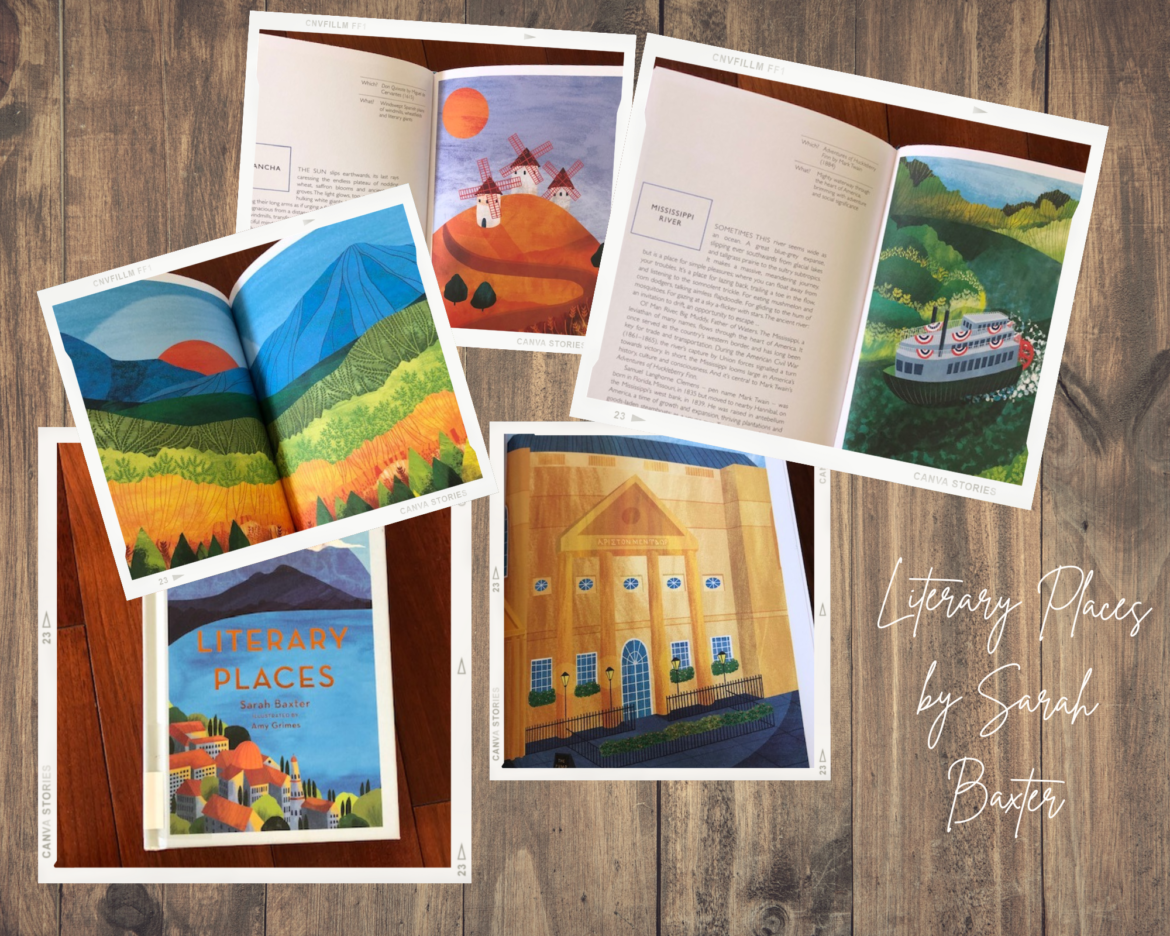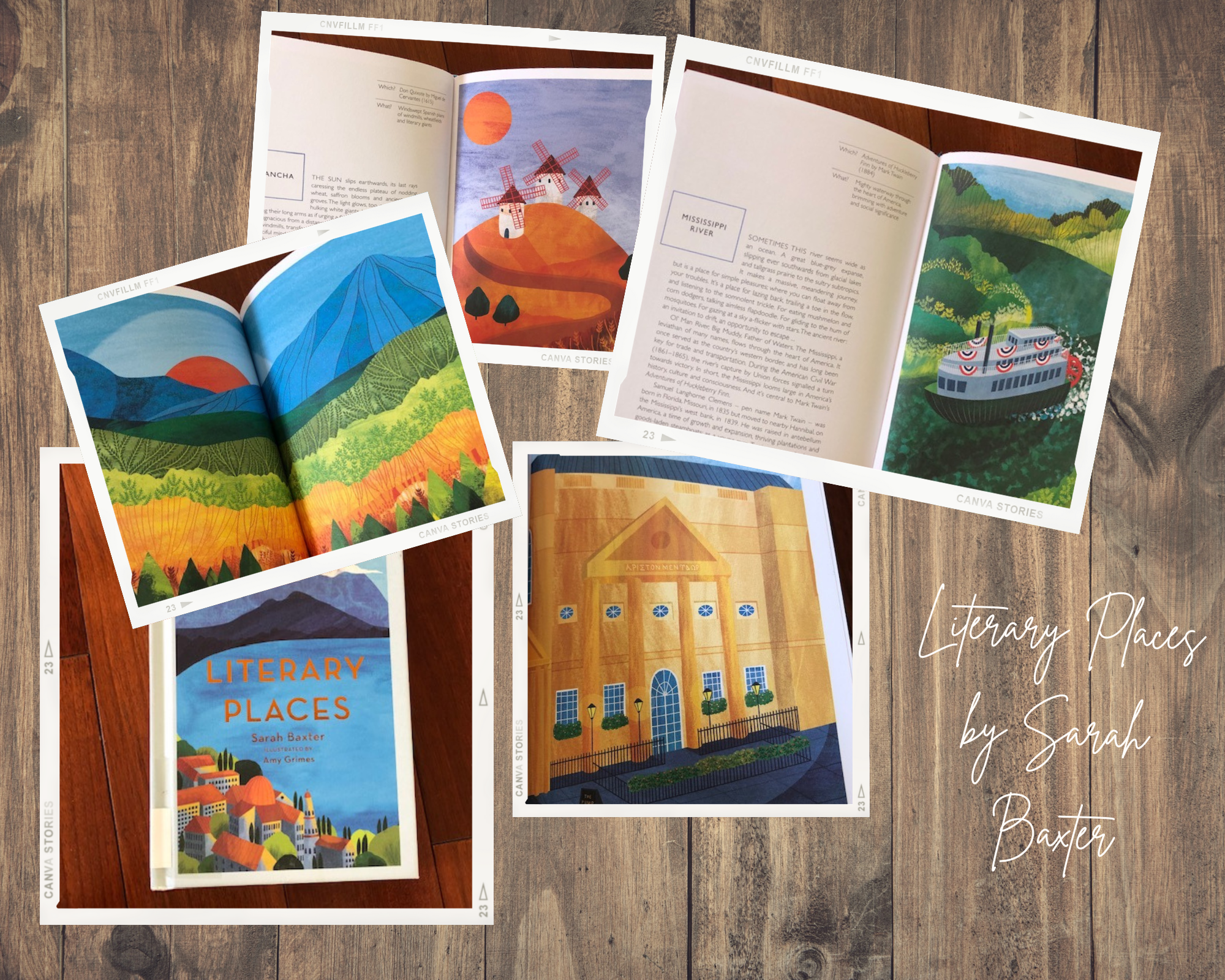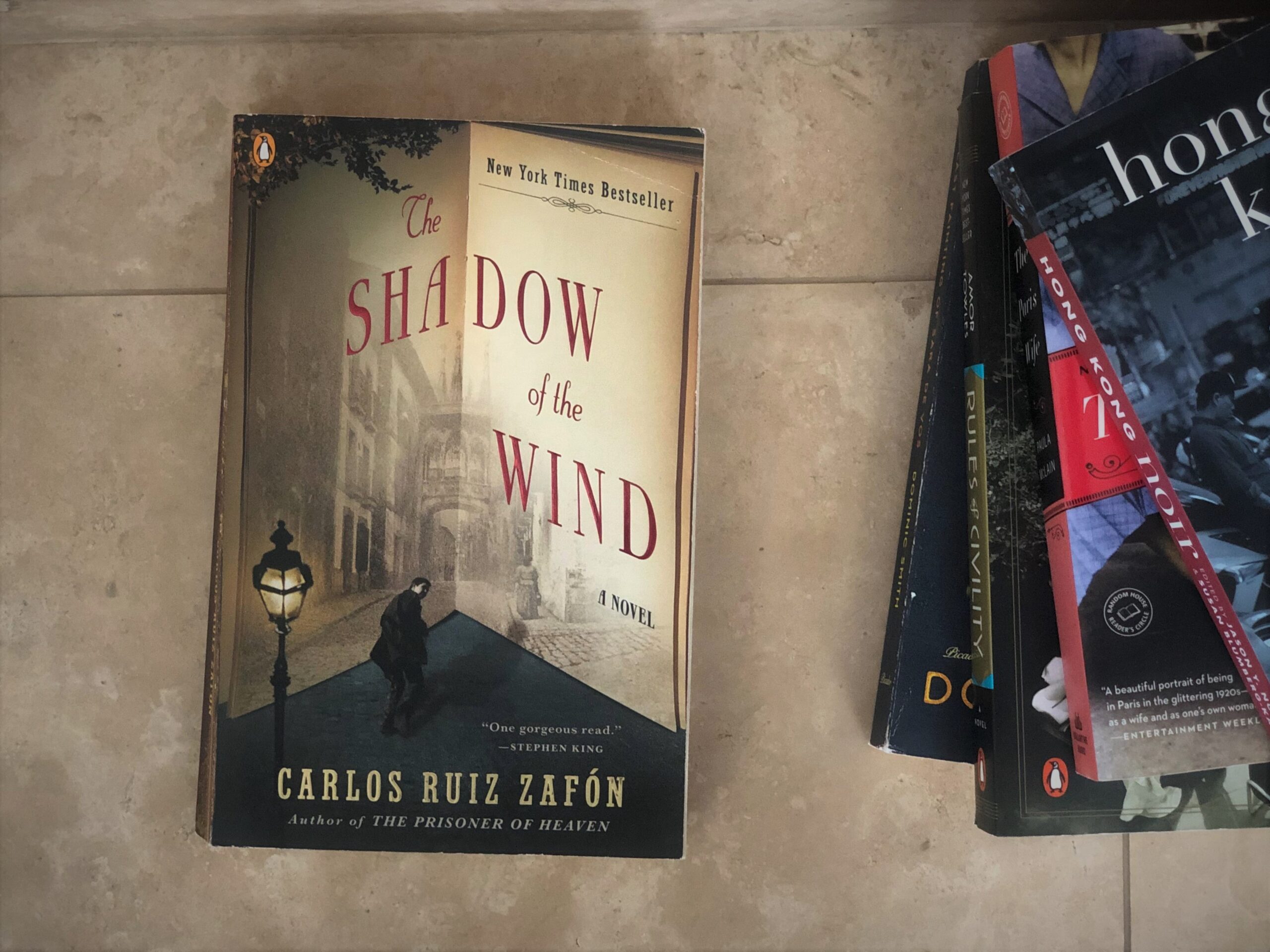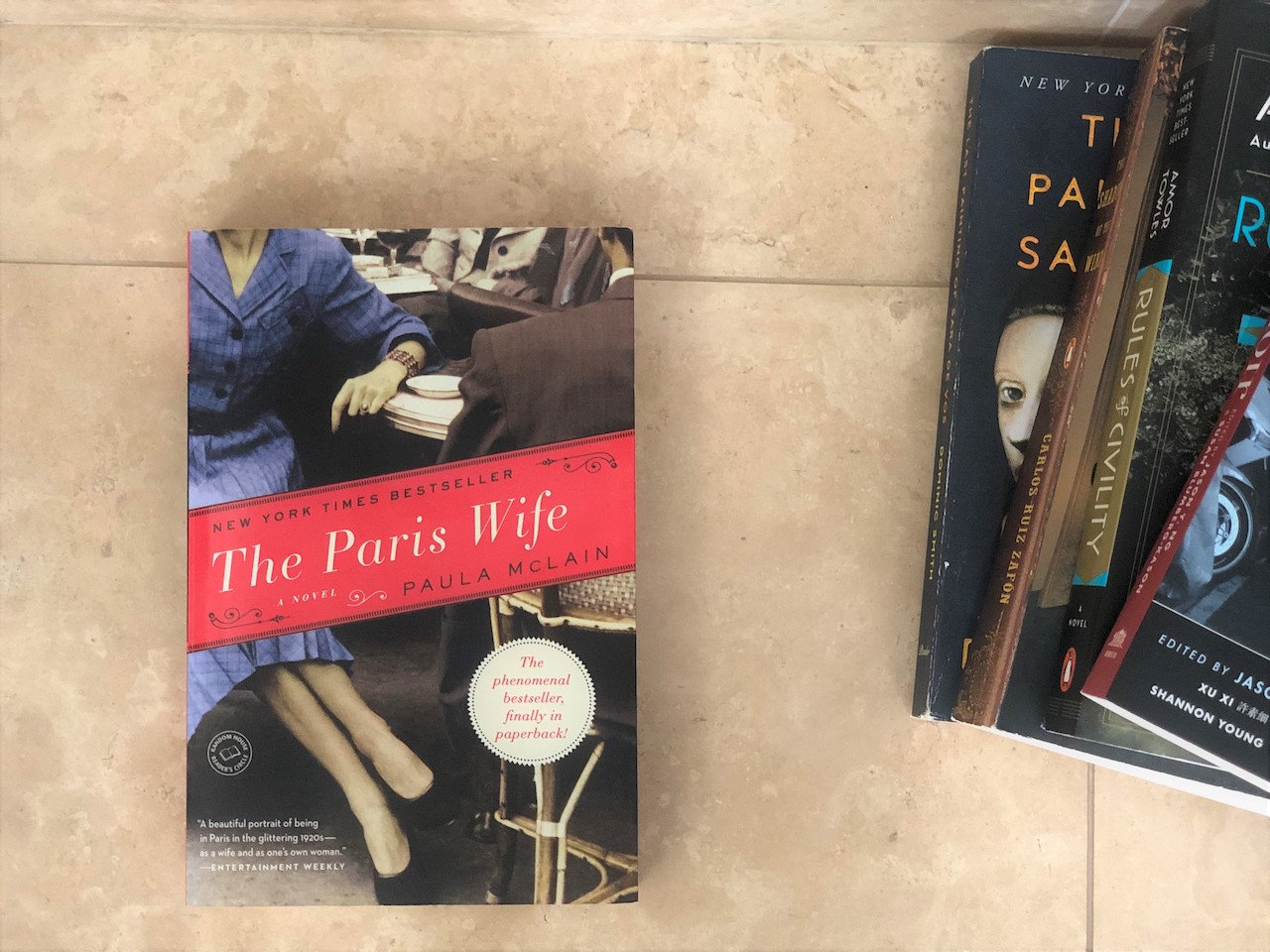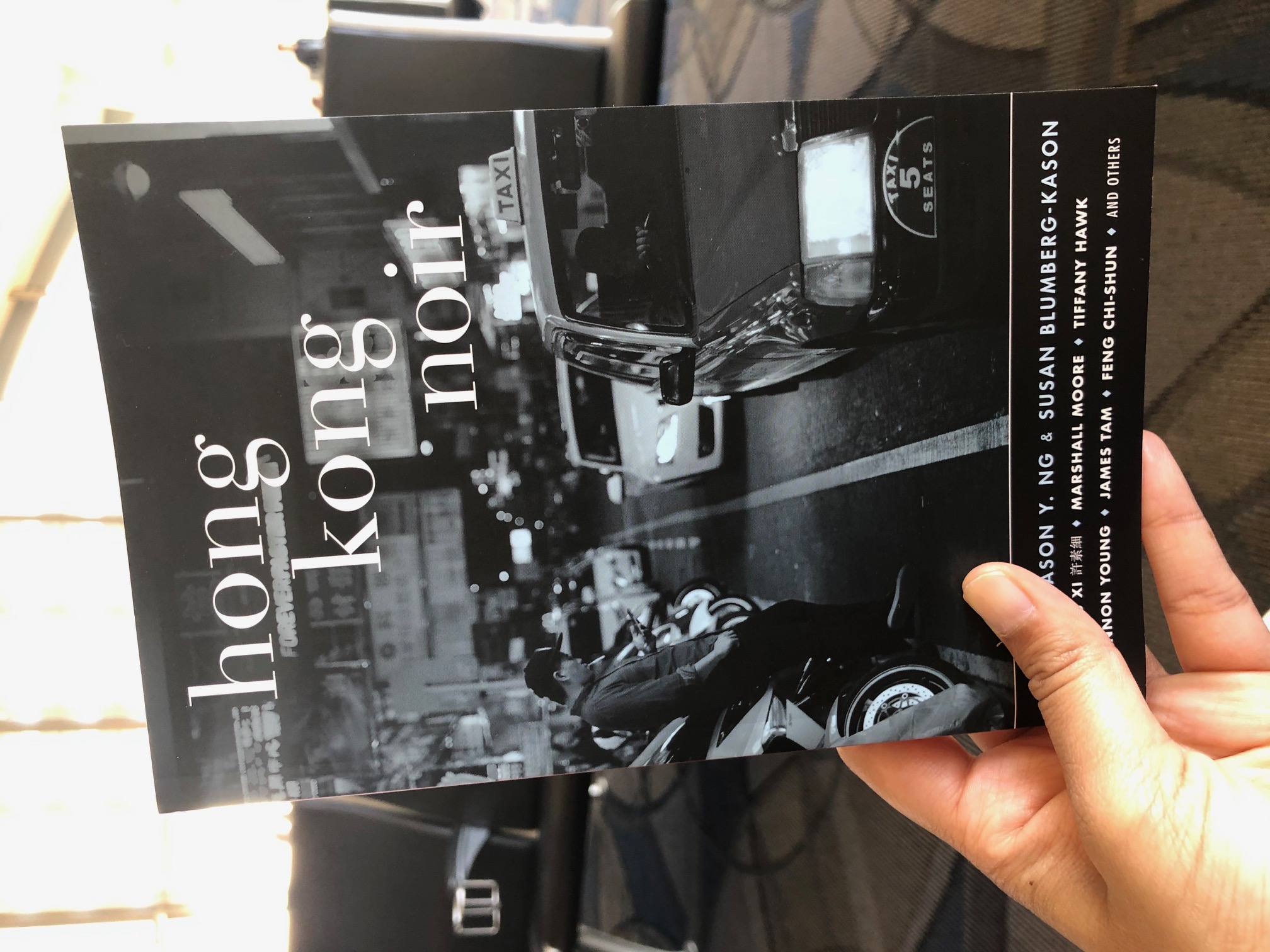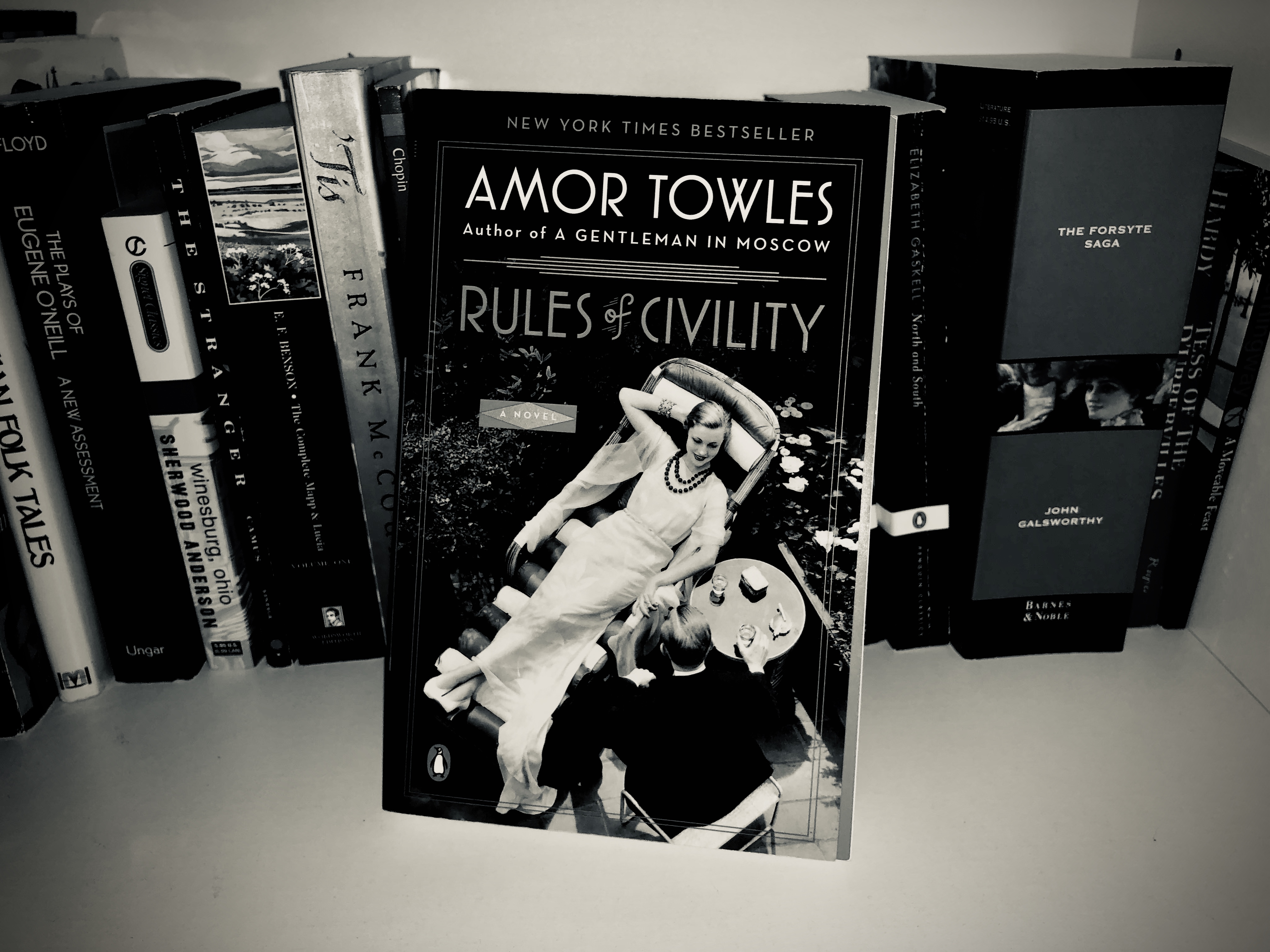During the pandemic, literary guides seemed quite the rage or at least that’s what seemed to be the case in our local library. I discovered a few gems myself, notably Sarah Baxter’s Literary places. A beautifully illustrated book, where Baxter Sarah Baxter, a travel writer, compiles a list of famous books that are defined by the places they are set in.
Baxter’s list touches upon both traditional yet global collection of classics, acting as literary travel guide. Through twenty-five unique books, we visit as many locations across the world. Baxter focuses on the historical, cultural and political relevance of geographical settings of the story. Amy Grimes’ beautiful and whimsical illustrations accompany each story. This is one of those books that are both fun to read and highly decorative (on your coffee table!).
If there is one thing in the world that I love as much as reading books, it’s traveling. I often combine these two interests, by pairing my travels with novels set in the places I plan to visit. A novel in which a city or region is centerpiece is always a little extra special as it not only entertains but also inspires to see the world.
Inspired by Sarah Baxter, I dove into into my bookshelf to pick out some favorites that always take me far away without moving from my chair.
“Reading is a discount ticket to everywhere.” — Mary Schmich
Explore Barcelona With ‘The Shadow of the Wind‘
Carlos Ruiz Zafon’s first novel of The Cemetery of Forgotten Books series has many things going for it.
First, it’s a story about a lost writer and his one particular book. Daniel, our hero and himself the son of a bookseller, discovers The Shadow of The Wind in a hidden library. This novel provides this motherless boy such solace that he wants to read more by the author, Julian Carax, when he slowly learns that none of his works exist. In fact, someone is out to destroy all of Carax’s works even if it means destroying the lives of people associated with it.
Second, the book is about Barcelona’s dark political past under Franco’s rule after the second world war. There is intrigue and betrayal everywhere and Daniel’s seemingly harmless journey to find more about Julian Carax embroils him further in danger.
With deep gothic elements and a handful of magical realism, Zafon creates an unforgettable drama about the power of literature and love. And it all happens in Barcelona. Barcelona is so central to this novel that my paperback copy comes with a walking tour map of the city. So as a reader one can walk all the principal places where hero has been in his dark adventure.
You can start at Calle Santa Ana, the site of Daniel’s bookshop, above which he lived. Walk on the thoroughfare of Rambla De Sant Josep and explore the many shops and museums that line it. Take a peek through the arches of Calle Arco Del Teatro, the alleged hiding place of the cemetery of forgotten books. Spend some time people watching in Plaza Real and then work further down La Rambla to catch the Monument to Columbus. Or head towards the Gothic Quarter to get a feel of the narrow, dark alleyways that define the mood of The Shadow of The Wind.
This is a just a sample of the places explored in the novel. There are many landmarks that feature the heart of Barcelona, which make this book the perfect travel companion.
Fall In love With Parisian Cafe Culture In ‘The Paris Wife’
This novel hits the spots for both readers and travelers. It’s a fictional autobiography of Hadley Richardson, Ernest Hemingway’s first wife.
Richardson meets Hemingway in Chicago and they fall madly in love. Soon after she crosses the pond with Hemingway to join the literary scene in Paris. In the 1920s, Paris was in the middle of what the French call the ‘Crazy years’- a period of intense cultural collaboration. Hemingway came to Paris so that it could inspire him to write and help meet like-minded people. By association, Richardson had inner access to the cafe life of Hemingway’s literary friends that made up the Lost Generation writers.
Paris of the 1920s is no longer there, but many of those cafes and landmarks still exist. One can visit the house where Hemingway lived on 74, rue du Cardinal Lemoine in the Latin Quarter. Grab a book at Shakespeare and Company, where Richardsons & Hemingway met Sylvia Beach for the first time. Admire the works of impressionist painters in Musee du Luxembourg or walk its gardens. Go shopping at Forum des Halles, where many years ago Richardson would buy groceries. Or ponder on the banks of Seine, as she did, astonished at both the beauty and the squalor of Paris. Maybe stop by 27 rue de Fluereus and read the plaque on the wall commemorating Gertrude Stein’s famous salon, where the who’s who of the art world converged. If you are thirsty, grab a coffee at one of the many cafes in Montparnasse including Hemingway’s beloved La Closerie des Lilas.
While this is a fictional narrative, McLain has borrowed heavily from historic incidents and documents and created a faithful representation of Richardson’s life. Her marriage to Hemingway was tumultuous and as you flip through the pages, even the charm of Paris can’t take away the sadness of it all.
Note: I have stayed away from non-fictional recommendations in this article because it opens up the genre to travel focused writing and one can read anything from a Lonely Planet Guide to Travels of Ibn Battuta. However, for Paris I also recommend Hemingway’s memoir, A Moveable Feast.
Experience Gritty Hong Kong In This Collection of Short Stories
Hong Kong Noir looks at the underbelly of Hong Kong — what lies behind the shimmering skyscrapers and the neon lights. Based in different neighbourhoods, the stories focus on the locals who watch with trepidation the modernization that runs over years of reverent history, the expats whose status is increasingly uncertain with the handover to Beijing and the mainland Chinese fortune hunters who come to Hong Kong for the promise of a better life.
The collection is organized in four distinctly themed sections. In Hungry Ghosts and Troubled Spirits, death looms large as the stories focuses on the deep superstitions that run through the veins of Hong Kong. We visit the red-light districts of Tsim Sha Sui for some moral reckoning. And then head off to the darkened corners of Cheung Chau island — a place where people went to die.
Under Obedience & Respect, there are several tales of rebellion. In One Marriage, Two People by Rhiannon Tsang, a marriage between a British expat and a Chinese man unravels over the notions of identity, duty, and geography on the day of the British handover of Hong Kong to Beijing. Elsewhere in Phoenix Moon, a sex worker exacts her revenge on her lover in a brutal yet comical way.
In Family Matters, we visit the rich swanky Repulse Bay, the slums of Diamond Hill, and the hustle-bustle of Yau Ma Teu. The stories focus on the disparity of wealth in the most expensive city in the world.
The closing act of the anthology, Death and Thereafter has four wonderfully bloody stories that are made more interesting by their ambiguous endings. There is brutal death on Pottinger steps and a taste of Chinese history in Kam Tin. In one remarkable story, we get a glimpse inside the housing estate of Wah Fu, a collection of tiny apartments provided by the government as they moved the poor from their shanties to sky-rises.
What drew me to the book was the diversity of contributors. From locals to expats, freelance writers, and university professors — this collection on Hong Kong is unputdownable.
Glamour It Up In NYC with ‘Rules of Civility’
It’s New Year’s Eve in 1938, and two young women finish their last drink in a seedy jazz bar waiting for something to happen before midnight. Just on cue, prince charming appears in the shape and form of Tinker Grey, a good-looking, rich, young man. Our heroine, Katey, is obviously very much into Tinker Grey, but before anything materializes between, a sequence of unexpected events lands Eve and Tinker together. Eve being the other young woman in the bar that night.
But this is not just a love story. It’s about Katey’s fateful year in New York City starting that night in that seedy bar. A new job and a circle of rich friends, thanks to Tinker, brings her to the inner circles of WASPs. During the day, she is a diligent secretary working for a cranky and eccentric boss in the posh offices of Conde Nast. In the evening, she roams the fancy clubs and house parties with her aimless but rich friends.
In Katey’s coming-of-age story, New York is a central character, and it’s joy to follow her around Manhattan. We start right away in a photography exhibit in Museum of Modern Art. And then through the pages we get to hang out in the famous cafes of Greenwich Village, listen to artists perform in Washington Square, walk across Broadway and get drunk in an Ukranian speakeasy on Second Avenue, and grab breakfast at a diner across the Trinity Church.
Towles recreates New York of the past with great conviction and also acknowledges the migrant melting pot that New York is as readers hop about Russian, Jewish, and Chinese neighborhoods.
Rules of Civility is an homage to New York City’s past and present landmarks, and a reminder that NYC will always be a place of infinite possibilities.
Explore Amsterdam As You Read ‘The Last Painting of Sara De Vos’
While I chose this book as a travel companion for Amsterdam, Smith’s novel actually is a bit of globetrotter itself with the storyline spanning across three cities (Amsterdam, New York City & Sidney) in three different timelines. Atmospherically, I feel a kinship to Amsterdam as the focus of the novel is art of the Dutch Golden Age which created masterpieces by the likes of Vermeer, Rubens and Rembrandt.
The main plot centers on two women Sara De Vos, a struggling artist in 17th century Amsterdam and Ellie Shipley, artist and forger from the present time. Fate times them together, when Ellie is asked to forge the only surviving work of Sara De Vos, a painting titled ‘At The Edge Of the Woods’. While the forgery isn’t caught, it opens up a can of worms in her personal life, but also makes her want to learn more about Sara De Vos.
Many, many years later Ellie who by then is a famed art historian faces the risk of her forged painting appearing in an exhibition, exposing her as a fraud. Will Ellie finally get caught after all these years? What did she learn about Sara De Vos? Who is the girl standing in that only surviving painting? These questions make the novel a pleasant page turner.
Dominic Smith has done his research on both the techniques of Flemish painters and the atmosphere of 17th century Amsterdam. One can follow Sara’s footsteps as she trudges home near Kavelrstraat (a busy shopping street today) or walks the streets of Nieumarket or attends an Amsterdam’s guild meeting in De Waag. Or one can read in amazement as famous artists and paintings make cameo appearances.
I highly recommend this book to both travel and art buffs, and if you are ever in Amsterdam, do not miss their beautiful and timeless collection of Dutch painters at the Rijksmuseum.

